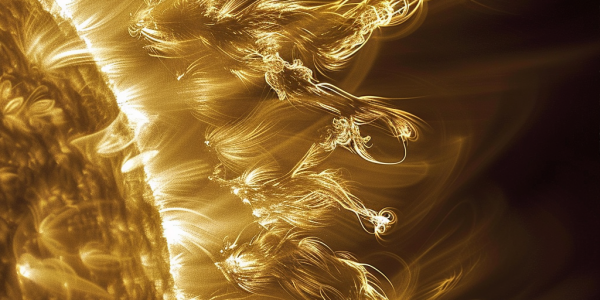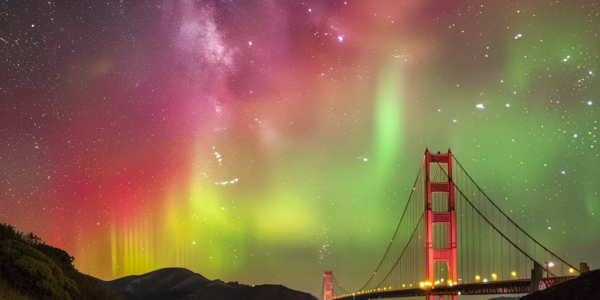NASA Team Traces Source of Sun’s Heat to Moss-Like Structures
An Indian-led team at NASA has made a groundbreaking discovery, tracing the source of heat on the sun to a layer of moss-like structures. This finding sheds new light on the understanding of solar dynamics and could have significant implications for future research in space science. By pinpointing the location of this heat-producing layer, scientists can now focus their research on understanding the processes that generate and maintain such extreme temperatures, revolutionizing our understanding of solar physics.
Solar Orbiter Provides Mesmerizing Close-Up View of Sun’s Corona
The European Space Agency’s Solar Orbiter spacecraft provides a stunning close-up view of the sun’s corona, showcasing intricate features such as coronal moss, spicules, and coronal rain. This mesmerizing video reveals the sun’s outer atmosphere in all its glory, with temperatures reaching 1.8 million degrees Fahrenheit. Solar Orbiter, equipped with the Extreme Ultraviolet Imager, captures unprecedented images of the sun’s atmosphere, working in conjunction with NASA’s Parker Solar Probe to study the sun’s cycles, atmosphere, and solar wind.
Rare Celestial Spectacle: Northern Lights May Be Visible as Far South as California This Month
Get ready to witness a rare celestial spectacle as the northern lights, also known as the aurora borealis, may be visible as far south as California this month. March is expected to be the best month in two decades to see the curtains of mostly green, but also pink, purple, and red lights that are typically confined to areas around Earth’s North Pole. Don’t miss out on this ethereal display!



